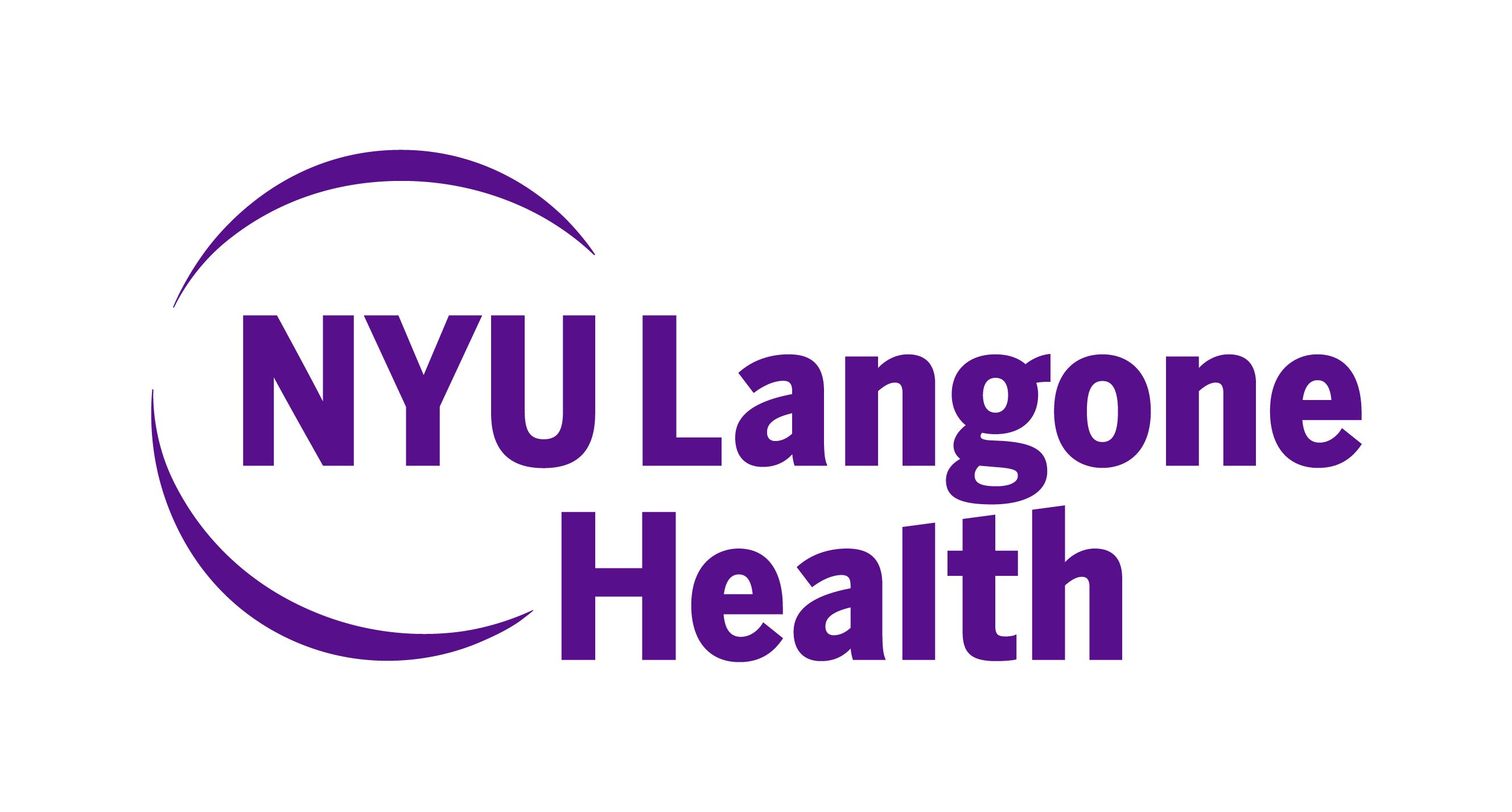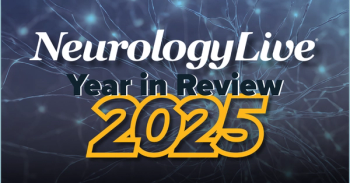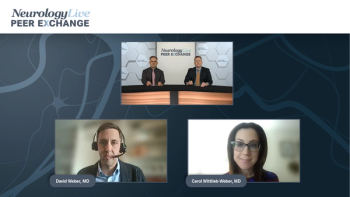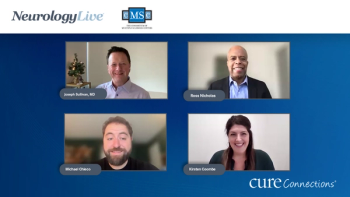Neurologists are highly trained medical professionals who play a critical role in the healthcare system in helping patients of all ages manage their conditions that can affect every aspect of their lives. Each month, NeurologyLive® shines a spotlight on the work of one neurologist, highlighting contributions to their specific field.
Epilepsy, a condition involving the brain that makes patients more susceptible to having recurring seizures, is the most prevalent, treatable neurological disease globally.1 It is currently estimated that more than 50 million patients have epilepsy worldwide, and an additional 2.4 million patients are diagnosed with the condition each year.2 In addition, it is estimated that seizure disorders account for approximately 1% of the total global medical burden according to recent data. Therefore, the data suggest the importance of increasing awareness of epilepsy to center on the current unmet needs that patients still face with their condition.
In honor of National Epilepsy Awareness Month, held each November, Patricia C. Dugan, MD, director of the epilepsy fellowship program at NYU Langone Health, recently discussed her role as a neurologist in the field of epilepsy, including caring for patients who experience seizure disorders like Lennox-Gastaut syndrome. As a clinician in epilepsy, Dugan, also an associate professor of neurology at NYU Grossman School of Medicine, is focused on helping her patients in order to meet their needs which may include treatment options for patients who are drug-resistant to available medications and alternative options for those who are not candidates for epilepsy surgery.
Clinical Facts on Epilepsy
- In 2015, active epilepsy affected approximately 1.2% of the entire United States patient population.
- This translates to around 3.4 million patients with epilepsy nationwide, comprising of 3 million adult patients and 470,000 pediatric patients.
- Recent estimates indicate that approximately 0.6% of pediatric patients aged 0-17 years live with active epilepsy. To put it in perspective, in a school with 1,000 students, approximately 6 of them could be living with epilepsy.
REFERENCE
Centers for Disease Control and Prevention. Epilepsy Fast Facts. Accessed November 27, 2023. https://www.cdc.gov/epilepsy/about/fast-facts.htm
NeurologyLive: What are some of the main responsibilities you have in your role as an epilepsy specialist at NYU Langone?
I wear many hats as a clinician, educator, and administrator. I am the NYU Langone Epilepsy Fellowship Program director, and a codirector of the NYU Langone EEG Laboratory. I also direct the NYU Langone Epilepsy Special Procedures Service; much of my inpatient responsibilities involve the clinical care of patients who are undergoing invasive EEG monitoring as part of their surgical evaluation of treatment-resistant epilepsy.
Could you describe a typical day in your work as an epilepsy specialist?
A typical day starts with reviewing the long-term intracranial EEG recordings of our epilepsy surgery patients. We spend a great deal of time reviewing these EEGs meticulously, correlating them with the patient's clinical seizures, and pinpointing the specific areas of the brain the seizures arise from by identifying the specific electrodes that were involved during seizures. We then round on each patient at the bedside to learn how they are feeling that morning, and use the opportunity to discuss the EEG findings and medical plan for the day. In addition to creating the EEG report, our team also creates detailed illustrations or seizure "maps" to provide graphic representation of these seizure onsets to better visualize them. This is an important part of the synthesis of all of this data for surgical decision-making. I then typically spend some time discussing each patient's findings and progress with the neurosurgical team and their outpatient epileptologist. I then proceed to the NYU Langone Comprehensive Epilepsy Center practice office, where I hold a clinic and see outpatients several afternoons per week.
What motivated you to pursue a career in neurology, and when did you make this decision?
My undergraduate course was physical therapy and I had the privilege of taking care of many patients with neurological disorders such as strokes, spinal cord injuries, and brain tumors while I was earning this degree. This galvanized my interest in neurology and my desire to pursue this as a career. I essentially went to medical school precisely to become a neurologist. I was inspired to become an epileptologist during my residency training when I became fascinated by the study of seizure semiology and neurophysiology; they elucidate brain function in different, but equally compelling, ways.
What do you find most rewarding about your work as an epilepsy specialist at NYU Langone?
It is such an exciting time to be an epileptologist! There are so many different therapeutic interventions that we can offer our patients ranging from new medications with novel mechanisms of action, new approaches to epilepsy surgery, various neurostimulation devices, and access to cutting-edge clinical trials. It's gratifying to work as an epileptologist at the NYU Langone Comprehensive Epilepsy Center because we are able to offer our patients this full armamentarium of options.
What are some of the biggest challenges you face in your role?
Each patient with epilepsy must be considered individually and therapy must be tailored to meet their specific needs. Given the vast referrable base we have, I often see people with very challenging epilepsy, who may have already tried and failed numerous trials of antiseizure medications or surgery. My role requires me to often think far beyond first line therapies and to consider specific combinations of medications based on mechanisms of action in combination with creative surgical approaches, sometimes considering combining neurostimulation with resection and/or laser ablation. Meeting these challenges is the most gratifying part of my job.
Is there something that you wish more patients and clinicians at NYU Langone understood about the field of epilepsy?
Seizures can present in a myriad of different ways and yet not everything that looks like a seizure is one. There is a lot of value in doing a comprehensive evaluation and referral to an epileptologist when the diagnosis is in doubt.
In addition to your work as a neurologist, what hobbies or interests do you have outside of the clinic?
I love to travel and explore new places and try new cuisines with my husband, daughter, and our dog!
Transcript edited for clarity.
Click here for more coverage on epilepsy.
REFERENCES
1. Sanchez N, Kajumba M, Kalyegira J, et al. Stakeholder views of the practical and cultural barriers to epilepsy care in Uganda. Epilepsy Behav. 2021;114(Pt B):107314. doi:10.1016/j.yebeh.2020.107314
2. Erdem RZ, Yılmaz C, Uygun LA. Evaluation of the attitude and knowledge level of dentistry undergraduate and specialist students towards epilepsy patients. Epilepsy Behav. 2023;149:109497. doi:10.1016/j.yebeh.2023.109497





















